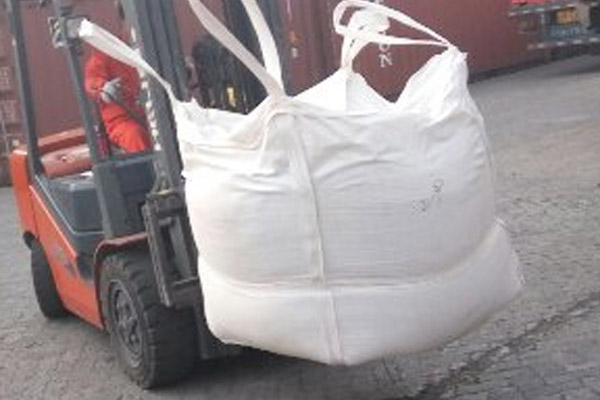The Hardening Mechanism of Aluminate Cement
(2021年04月23日)https://www.csacement.com/products/calcium-aluminate-cement.html
The hardening mechanism of aluminate cement refers to the setting and hardening process realized by the chemical reaction between hydraulic calcium aluminate minerals and water. It is closely related to the mineral composition, mineral content, and curing system of cement, and is also an important factor affecting the natural temperature strength of aluminate cement refractory castables.
Aluminate cement generally contains Ca, especially the Ca-50 cement, it is mainly composed of Ca. It may produce a hydration reaction after meeting with water and the reaction speed is quite fast. Hydration products are different with different hydration temperatures.
In the low-temperature curing, it mainly produces acicular or platelike monocalcium aluminate hydrate (Ca·10H2O, abbr.: CaH10), dicalcium aluminate hydrate (C2a·8H2O, abbr: C2AH8), and granular alumina gel (alumina gel for short; AL2O3·aq, abbr: C3AH6). When the curing temperature is increased, trioctahedron or cube tricalcium aluminate hydrate (C3A·6H2O, abbr: C3AH6), granular AL2O3·3H2O (abbr: AH3), and alumina gel are generated.
Ca-70 cement is mainly composed of CA2, and the products in hydration reaction are similar to CA, but with too much A·aq, it hinders the rapid hydration of CA2, which results in the low early strength. CA-60 cement is also mainly composed of CA2, but because it contains more CA, the hydration rate of cement is still faster and the early strength is higher; C12A7 reacts quickly with water, so the initial setting time is 3-5min, and the final setting time is only 15-30min. It is not easy to contain high C12A7 in aluminate cement, otherwise, it will cause the cement to set quickly and the castable cannot be constructed. That is to say, the mineral composition, characteristics, and content of aluminate cement directly affect its setting and hardening.
When the mineral composition, characteristics, and content of aluminate cement are basically the same, the curing system directly affects the hydration rate, hydration products, and castable strength. Generally speaking, with the increase of curing temperature and the extension of curing time, the hydration speed will also be accelerated.
The crystal transformation process of hydration products is from CaH10 to C2AH8 then to C3AH6 and from A·aq to AH3 crystals. CAH10 and C2AH8 are metastable phase crystals with high strength, but they are easy to be converted into stable phase crystals, C3AH6 and AH3, and then the strength decreases. For example, when CA-70 cement is cured for 3 days under 40℃, it still maintains a part of metastable phases, and it can only be transformed into stable phases when curing for 3 days at 60℃; as for CA-50 cement, all metastable phases are transformed into stable phases if it is cured for 3 days under 35℃.
In other words, the hydration product is transformed from acicular or plate crystals with strong binding force into trioctahedron or cube C3AH6 with weak binding force. In the process, it precipitates free water and forms a water film around the hydrate, which increases the void ratio and reduces the structural strength. The transformation of alumina gel to AH3 crystals also reduces its strength. When curing at a higher temperature and for a longer time, the hydration products become C2AH8 and AH3 with stable phases. That is to say, the curing system has an effect on the natural temperature strength of aluminate cement refractory castables, but has no obvious effect on its drying strength. However, we can not ignore the necessity of early maintenance, because 80% of the hydration heat is released within 10h after the castables are molded, if not strengthen the wet curing, it is easy to lead to surface pulverization because of the cracks occur inside castables and the uneven distribution of alumina gel.
OREWORLD trade (Tangshan) co., Ltd. has been engaged in exporting business for about 20 years. We are dealing in fields of special cements, cement csa, refractory materials and ore products.
- このできごとのURL:



コメント